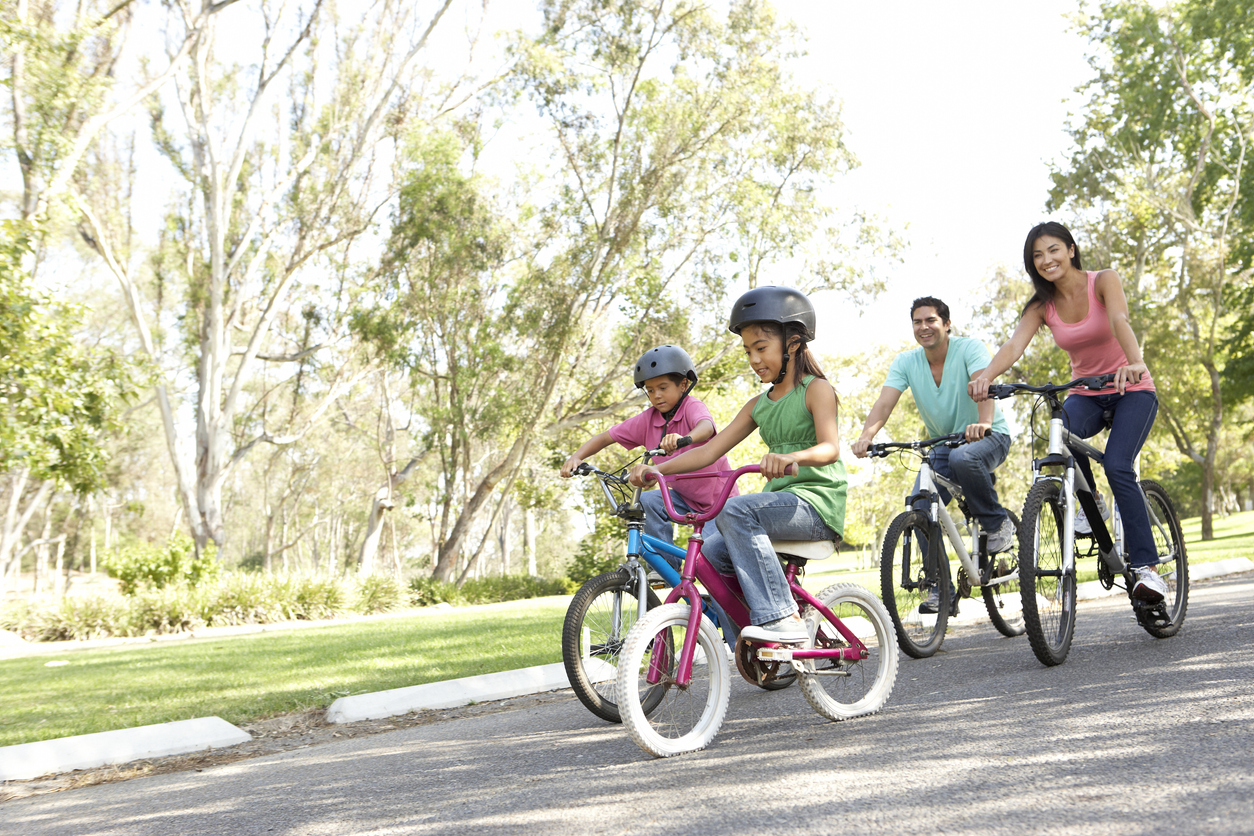The Playbook for Healthy Athletes: Preventing Burnout and Overuse Injury

Written By: Ashleigh Johnson, DrPH - San Diego State University
Now is a great time to focus on the fact that we need to look after young athletes' emotional and mental health, holistically.
Youth sports offer immense benefits for physical and mental health, and sport is one of the best investments for promoting physical activity. However, roughly 70% of youth drop out of organized sports by age 13, most commonly because of injury and burnout. There are many ways to take a proactive approach to create a supportive and sustainable sports environment for young people.
Understanding Overuse Injuries in Young Athletes:
Overuse injuries happen when athletes repeat the same movements over and over, without giving their bodies enough time to rest and recover. These injuries often develop slowly, not from one big incident, and might appear as pain that won't go away, swelling, or trouble moving like usual.
Common Overuse Injuries in Young Athletes:
Some common overuse injuries from youth sports are listed below. The duration of injuries can vary from less than a week to being season-ending.
- Bone stress injury: when bones are repeatedly stressed, they can develop small cracks, like hairline fractures. Common locations include the shin, foot, and lower back.
- Growing pains at bone attachment sites: overuse can also cause irritation and pain at the spots where muscles and tendons connect to growing bones. This often happens at the heel, kneecap, and inside the elbow.
- Tendon irritation: Tendons can also become inflamed and painful with overuse. A common example is “jumper’s knee”, which affects the tendon below the kneecap.
- Growth plate injuries: Children and adolescents have growth plates at the end of their bones, which can become injured from repeated stress. This can happen from throwing a lot (Little League shoulder) or in the wrist from gymnastics.
Understanding Youth Sports Burnout:
Burnout is another primary reason that young athletes drop out of sports. Burnout in youth sports isn't just about physical exhaustion; it's a combination of emotional, physical, and social factors. Recognizing the signs is the first step in prevention. Common indicators include:
- Decreased enjoyment: A loss of enthusiasm for the sport.
- Persistent fatigue: Feeling constantly tired, even after rest.
- Increased irritability: Becoming easily frustrated or angry.
- Reduced performance: A noticeable decline in skill or ability.
- Anxiety symptoms: Excessive worry, agitations.
How to Prevent Youth Sports Burnout and Overuse Injuries:
To ensure a healthy and fulfilling sports experience for young athletes, while avoiding burnout and injury, consider some key factors:
1. Age-Appropriate Involvement:
- Focus on Fundamental Skills: Up to age 12, prioritize developing basic movement skills and motor control. Encourage participation in a variety of sports and unstructured activities like swimming, biking, or rock climbing. This supports well-rounded athletic and physical development.
- Build a Foundation: The early years should focus on building confidence, ability, and a lifelong desire for physical activity. The focus should be on fun and enjoyment rather than intense competition.
- Re-evaluate as Youth Develop: As children grow, continually assess their mental, social, and physical health. For those who choose to specialize, gradually introduce sport-specific training while ensuring it aligns with their developmental stage.
2. Sport Sampling vs. Specialization:
- Avoid Sport Specialization: Year-round training and a focus on a single sport increases the risk of burnout and injury. Regardless of a child’s age, always encourage a more balanced approach.
- Embrace Cross-Training: Encourage participation in multiple sports (i.e., sport sampling) and fun, cross-training activities.
3. Manage Level of Involvement:
- Consider Level of Competition: Balance recreational and competitive sports based on the athlete's needs and goals. Be sure the level of competition aligns with their abilities and is something they enjoy.
- Limit Time Commitment: Ensure the athlete has time for other activities, rest, and social interaction. Athletes should take time off from sports on a weekly and yearly basis.
4. Think of the Big Picture:
- Consider the Social Environment: Pay attention to the athlete's relationships with coaches, teammates, and parents. A positive and supportive social environment is crucial.
- Put the Athlete First: Support athletes in making their own choices about sports. Encourage them to play for the love of the game, and value their dedication and participation as much as, or more than, their performance. Prioritize the athlete's overall well-being over short-term achievements.
- Shared and Informed Decision-Making: Have open, honest conversations between parents, athletes, and coaches about the athlete's goals. Acknowledge that only a small percentage of high school athletes compete at the collegiate or professional level, and that enjoying the sport is the top priority.
Conclusion:
The goal of youth sports should be to foster happy, healthy, and active adults. If we recognize burnout and injury risks and use prevention methods, young athletes can have a healthy and lasting sports experience. A balanced approach, open communication, and a focus on long-term well-being are key to preventing sports dropout and promoting a lifelong love of physical activity.
More Articles

Tips for Parenting Healthy Habits in Kids with Mental Health Challenges
Getting daily movement and enough sleep can meaningfully improve kids’ mental health. Small, manageable changes can help develop life-long healthy habits that can make mental health conditions much more manageable.

Exercise with Friends: How Social Connections Keep Kids Active
In a time where youth are increasingly experiencing social isolation and disconnection, understanding how social connections influence physical activity is more important than ever. The COVID-19 pandemic, coupled with the rise of digital technologies, has dramatically altered how youth interact socially and engage in physical activity.

Parenting Practices to Develop Healthy Habits for Kids
Focusing on healthy eating, exercise, and positive body image is important for children’s mental and physical health. There are many ways you can support healthy habits for your kids and the rest of your family. Here are some things to consider.

